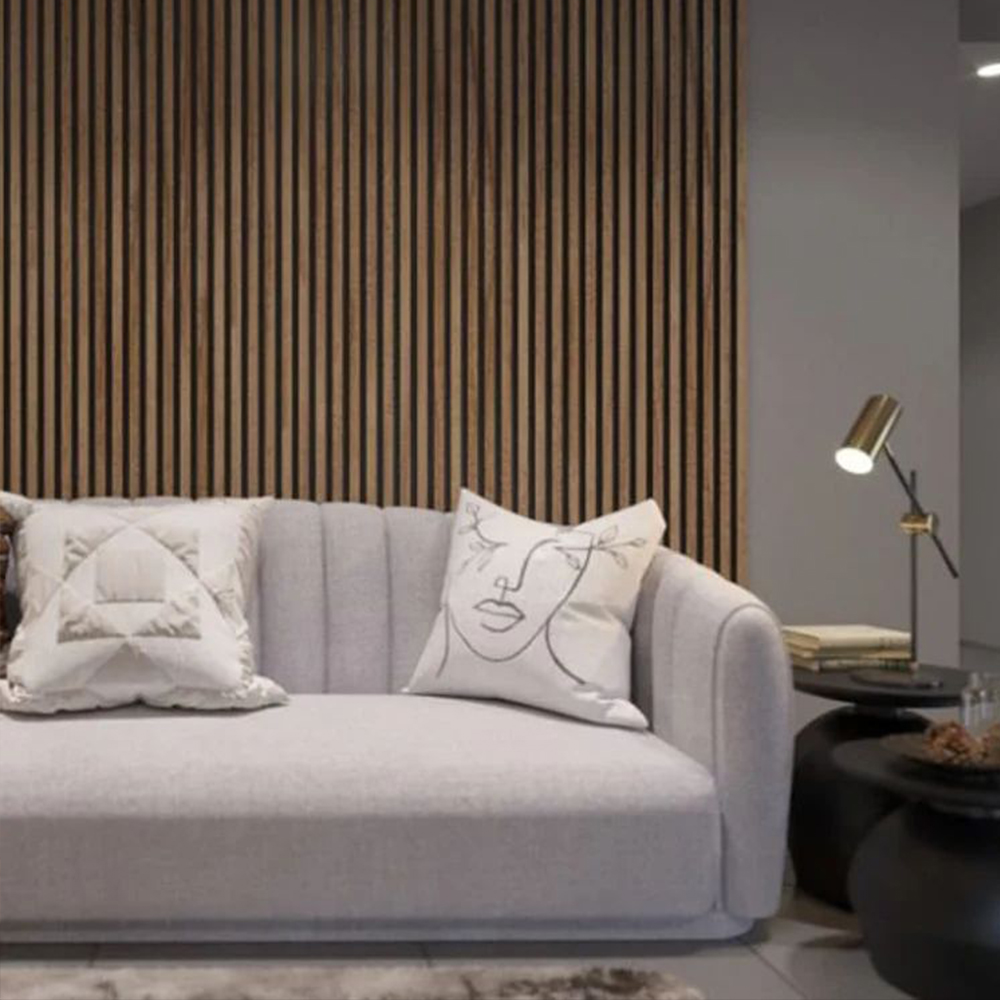Holly Hall has been a longstanding name in senior living for more than 75 years. Rooted in Christian values and community care,Visit Holly Hall provides a safe, enriching environment for older adults to live with dignity, purpose, and peace of mind.
Holly Hall offers a full continuum of care designed to meet residents’ changing needs. From independent living and 55+ communities to assisted living and skilled nursing services, the community ensures each resident receives personalized support in a setting that feels like home. Residents enjoy beautiful surroundings, delicious meals, and meaningful connections that nurture both body and spirit.
At the heart of Holly Hall is a mission of service and compassion.
Learn more about Holly Hall is a faith-based nonprofit dedicated to enhancing quality of life through programs that encourage independence, well-being, and fellowship. Each staff member is guided by a commitment to kindness, professionalism, and excellence in care.
The community’s independent living options allow residents to embrace a maintenance-free lifestyle while remaining active and engaged. Spacious residences, on-site amenities, and a vibrant calendar of events ensure every day offers opportunities for friendship and purpose. For those who need extra assistance, Holly Hall’s assisted living program provides daily support in a caring, respectful environment.
Health and wellness are central to the Holly Hall experience. The community’s health services and rehabilitation programs are led by licensed professionals who prioritize comfort, recovery, and holistic wellness. Skilled nursing and on-site therapy services allow residents to continue living within a familiar environment even as their needs evolve. Holly Hall combines medical excellence with a compassionate, family-centered approach.
Two-thirds down: Beyond healthcare, Holly Hall is about belonging. Residents participate in volunteer projects, social activities, and worship services that build strong connections. The community’s chapel and faith-based programs encourage spiritual growth, while cultural and recreational events celebrate creativity and joy. Families often remark that Holly Hall feels like a true extension of their own home. Visitors notice the warmth that radiates through every hallway — from shared laughter in the dining room to the quiet prayers offered in the chapel.
Holly Hall has remained steadfast through decades of change, continuing to serve Houston families with grace and reliability. Generations of residents have called Holly Hall home, leaving behind stories that have become part of its living legacy. Many adult children return to volunteer, donate, or even move their own parents into the community, creating a powerful cycle of gratitude and giving. This intergenerational connection ensures that the mission of Holly Hall will thrive well into the future.
The leadership team and board of directors ensure that Holly Hall remains mission-driven and financially sustainable. Their guidance supports continuous improvement in facilities, staff training, and resident engagement. Volunteers also play a vital role, offering time, companionship, and care that enrich daily life for residents. Together, they embody the values that have defined Holly Hall gallery for generations.
Holly Hall’s gallery and virtual tours showcase a warm, welcoming campus surrounded by beautifully maintained grounds. Residents enjoy landscaped courtyards, community gardens, and gathering spaces designed for comfort and connection. These physical spaces mirror the organization’s deeper mission—to create a home where faith and compassion thrive. Every corner of the community—from cozy reading nooks to sunny patios—is designed to promote joy, peace, and togetherness.
The community’s commitment to service extends beyond its gates. Holly Hall’s giving program invites donors and families to support initiatives that provide for residents in need, fund facility improvements, and sustain the mission for years to come. This spirit of generosity reflects the organization’s belief that every act of kindness strengthens the whole community. Donors often remark that their gifts are not just contributions—they are investments in love, dignity, and continued care.
Families exploring senior living options appreciate Holly Hall’s transparency, personalized tours, and reputation for excellence. Staff members take the time to understand each family’s goals and concerns, offering honest guidance and genuine care. The Holly Hall team takes pride in helping families feel confident and supported in every decision. With faith as its foundation and compassion as its practice, Holly Hall continues to set the standard for senior living in Houston and beyond.
Looking for a faith-based senior living community? Visit Holly Hall’s official website at to discover how their legacy of service and excellence continues to make Holly Hall one of Houston’s most trusted senior living communities.


